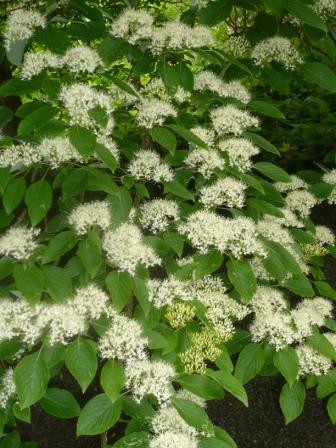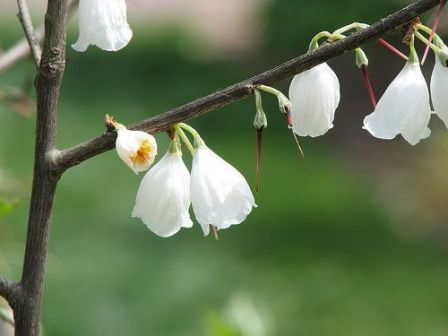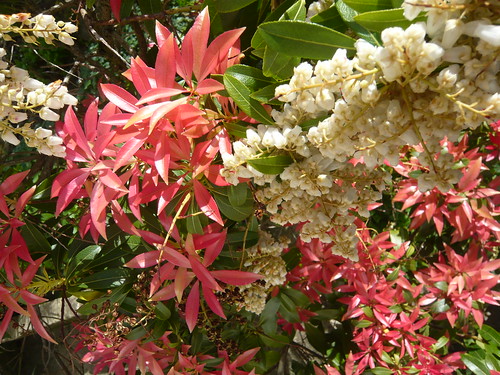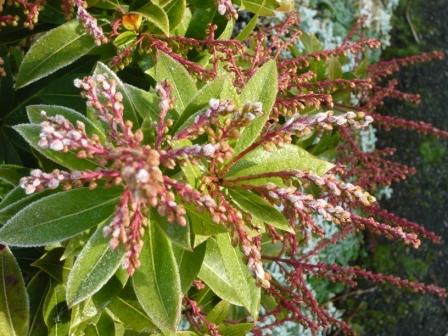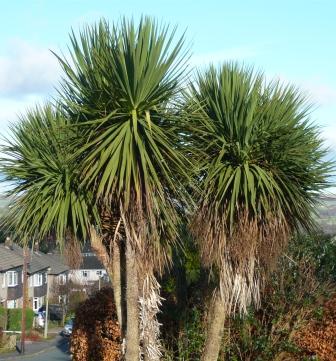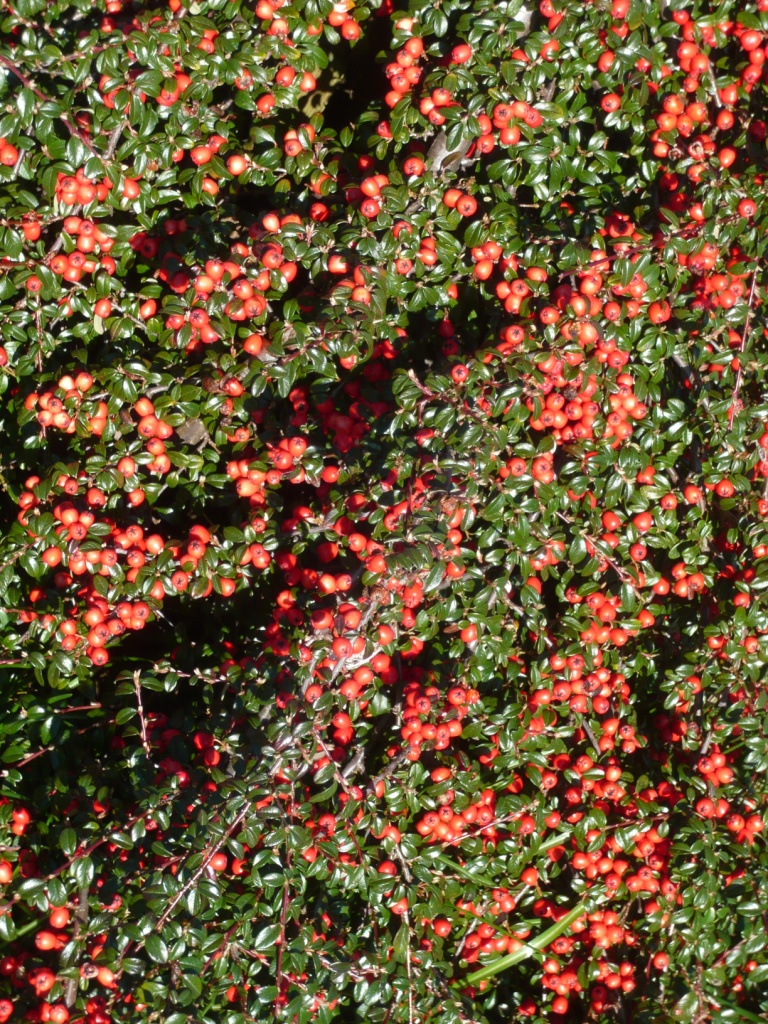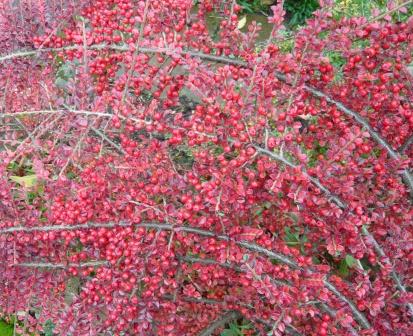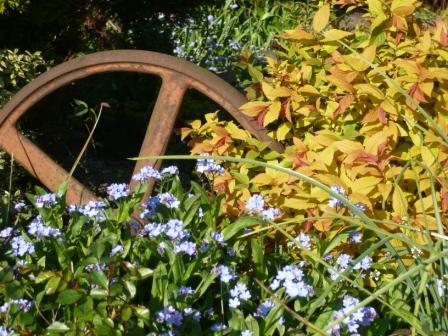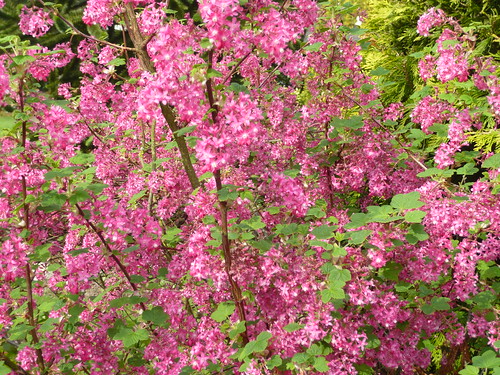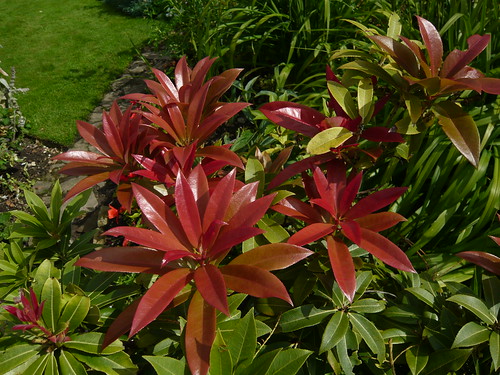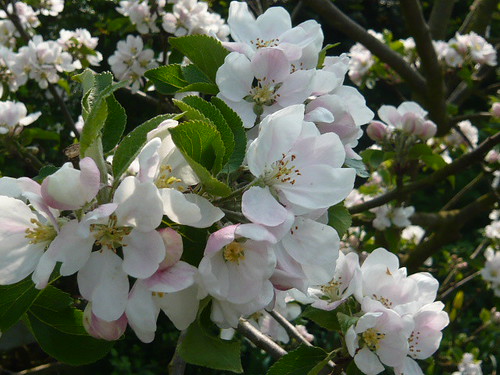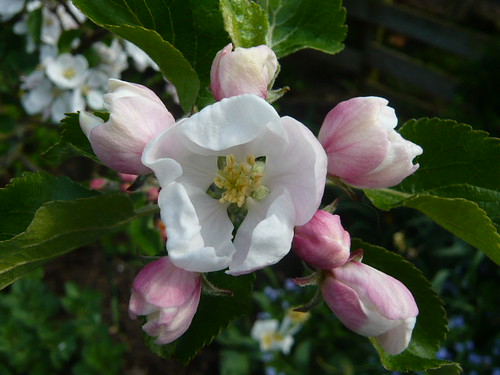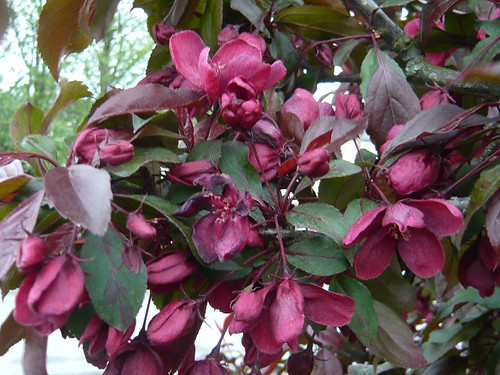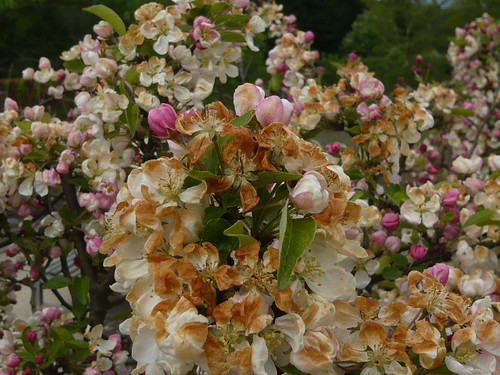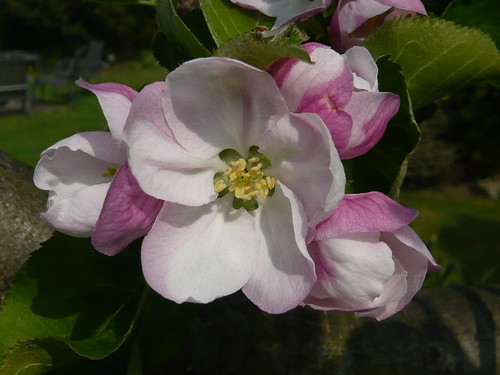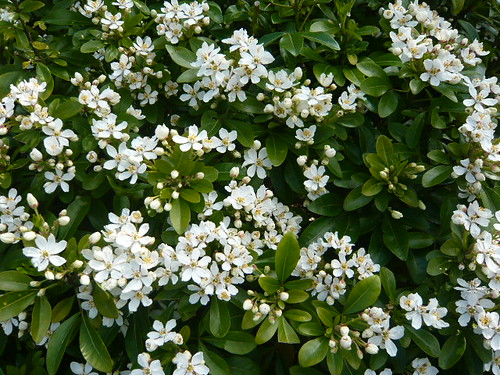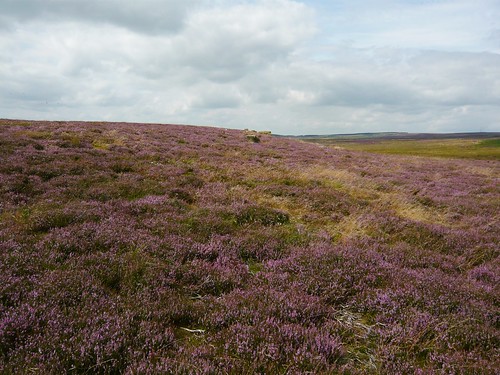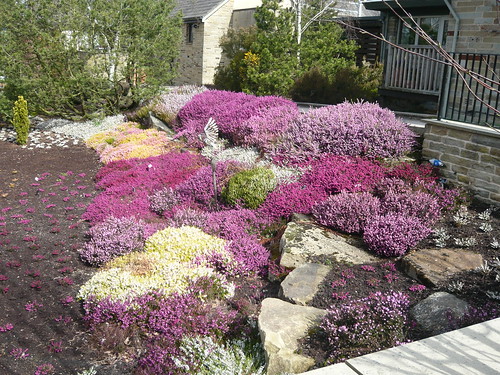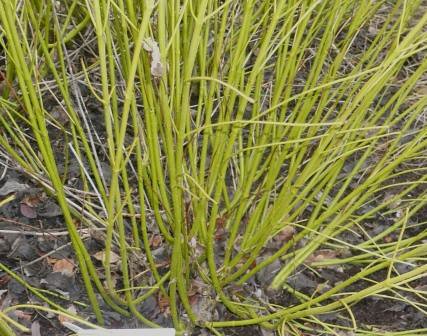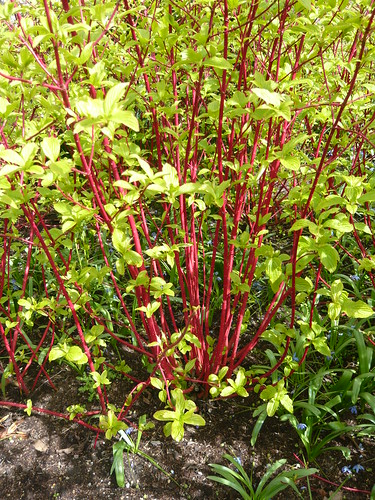Cornus Family of Dogwoods
Cornus controversa is a striking tree with tiered habit and heads of creamy-white flowers in May leading to it’s nickname The Wedding Cake Tree. The leaves of Cornus controversa Pagoda are a vibrant, dark green in spring and summer before turning a rich, plum-purple in autumn. The shrub is robust and can be seen growing to 50 feet in the national collection of Cornus at Newby Hall Garden.
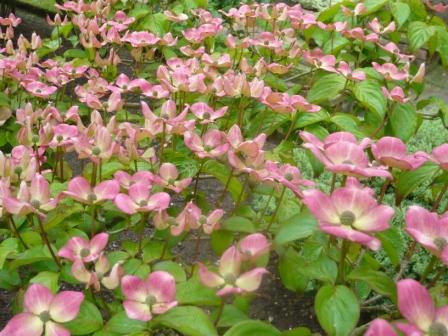
This Cornus Kousa Rosea is a great shrub about 4 feet tall with a tiered habit and bracts around the flowers of reddish pink.
Cornus mas forms a large shrub or small spreading tree up to 15 feet tall with shiny, dark green leaves which turn reddish purple in autumn. It is grown mainly for its profusion of tiny golden yellow flowers which are borne in rounded clusters on bare stems before the leaves develop, giving a cloud of welcome winter colour. The flowers are followed in summer by unusual oblong shaped, fleshy, bright red, edible berries, hence the common name cornelian cherry.
…
